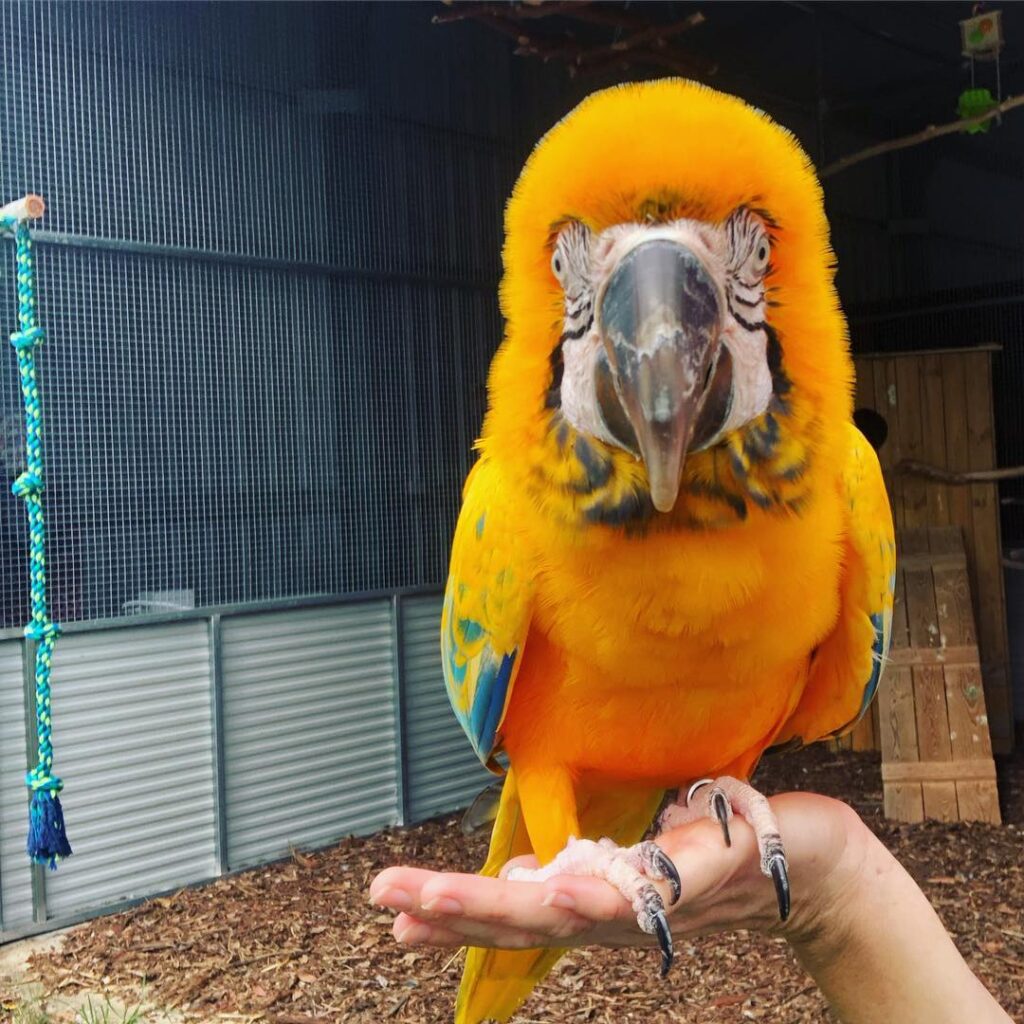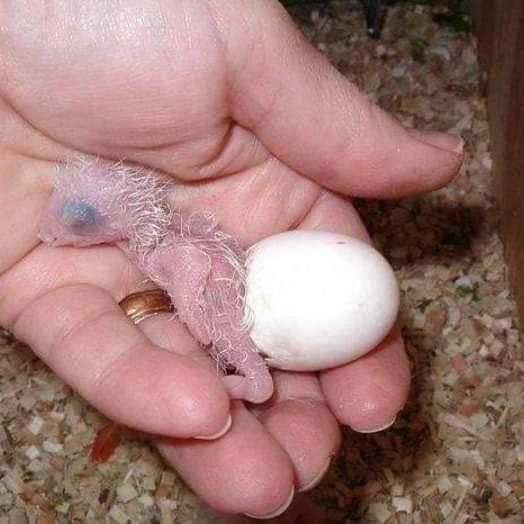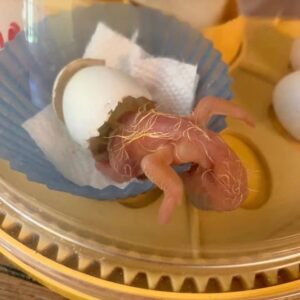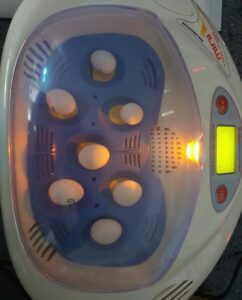
When finding a young and helpless bird, most people are uncertain about what to do. In this article, we want to give you a guide on how to care for a baby bird. You will also learn when the best decision is to do nothing but wait for the birds’ parents to take over again. Determining the age of the young bird is crucial when you want to offer the best help. There are several characteristics that exist in different stages of growth.
How To Care For Baby Birds
When finding a young and helpless bird, most people are uncertain about what to do. In this article, we want to give you a guide on how to care for a baby bird. You will also learn when the best decision is to do nothing but wait for the birds’ parents to take over again.
Nestling Or Fledgling
Determining the age of the young bird is crucial when you want to offer the best help. There are several characteristics that exist in different stages of growth.
How To Identify A Nestling
Nestlings are very young birds. They are nearly featherless and have pink skin. When a nestling is on the ground, it can poorly move along. The bird can’t use its feet and drags on the ground by its wings. Depending on the species and age some nestlings have their eyes closed. Not surprisingly the best place for these young birds is their nest.
How To Identify A Fledgling
Fledglings look young but are clearly older than a nestling. They have feathers, can hop and use their legs and feet. In this stage, they have outgrown their nest, but flying skills can still be poor. They spend several days on the ground while learning to search for food. Take off skills improve fast and soon they will be able to fly like a mature bird.
How To Care For A Nestling
When you find a nestling on the ground, there are mainly two options the perfect care is depending on. When handling the bird you need not be afraid of touching the bird. His parents won’t reject him only because of the contact with you. Birds have a very poor sense of smell.
If The Nest Is Still There
The first thing you have do to when you find a nestling is to search for its nest. Often you can be successful by looking in the trees nearby. Such a young bird shouldn’t be able to move far.
In some cases, you won’t find only a nestling on the ground but its entire nest. In other cases, you find the nestling and then the nest – or at least parts of it – in the surrounding. If this happens to you, you only have to put the little bird into its nest. Then place it as high as possible in the nearest tree you can find. If necessary you can place the nest with the bird in a small container and nail it to the tree. If your container is opaque, don’t forget to make some holes for the rainwater.
If You Can’t Find The Nest
When there is no nest, you have to surrogate one yourself. Don’t worry, it’s probably easier than you think. Just take a container (plastic, wood, or something else) and put some dry materials in it.
Materials you can use for the surrogate nest:
- Margarine container
- Lint
- Dried grass (fresh grass is too cold and can cause illness)
The ground of the nest should not be slippy, otherwise legs could become deformed.
Wait And Observe
After you placed the nest in a tree, you have to observe it carefully. During the course of an hour, the parents should come and begin to feed the nestling again. The act of feeding can be very fast and often happens in just a few seconds.
When The Parents Don’t Appear
If the parents aren’t appearing after one hour, the bird might be orphaned. Now it’s more important than ever, that the little bird gets proper help. So you should call a licensed rehabilitator. Rehabilitators are trained to help wild animals like the bird you just found. They know what to feed depending on the species. Although they have the appropriate set of instruments. Additionally, a rehabilitator can teach the bird how to search for food, fly and get away from predators.
Should I Feed A Nestling?
Most people feel a strong desire to feed the young bird. Especially when it craves for food with the mouth wide open. Usually, feeding causes more harm than good. The requirements for nutrition are very different between the species. Worms and bugs can be toxic for some nestlings the same holds true for birds seeds. Giving water can also be very critical. If the bird swallows it up, lung inflammation and death can be the consequence.



